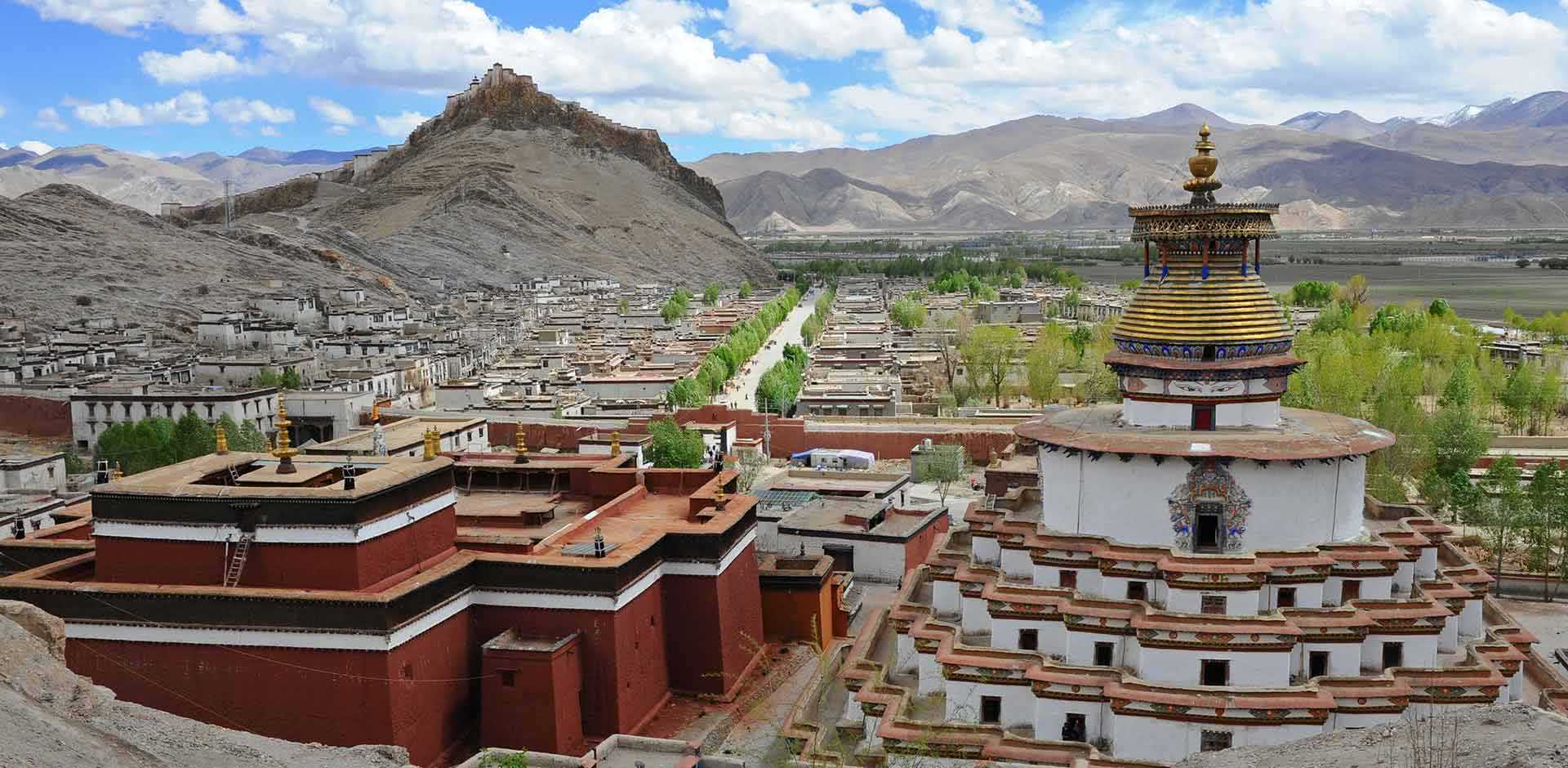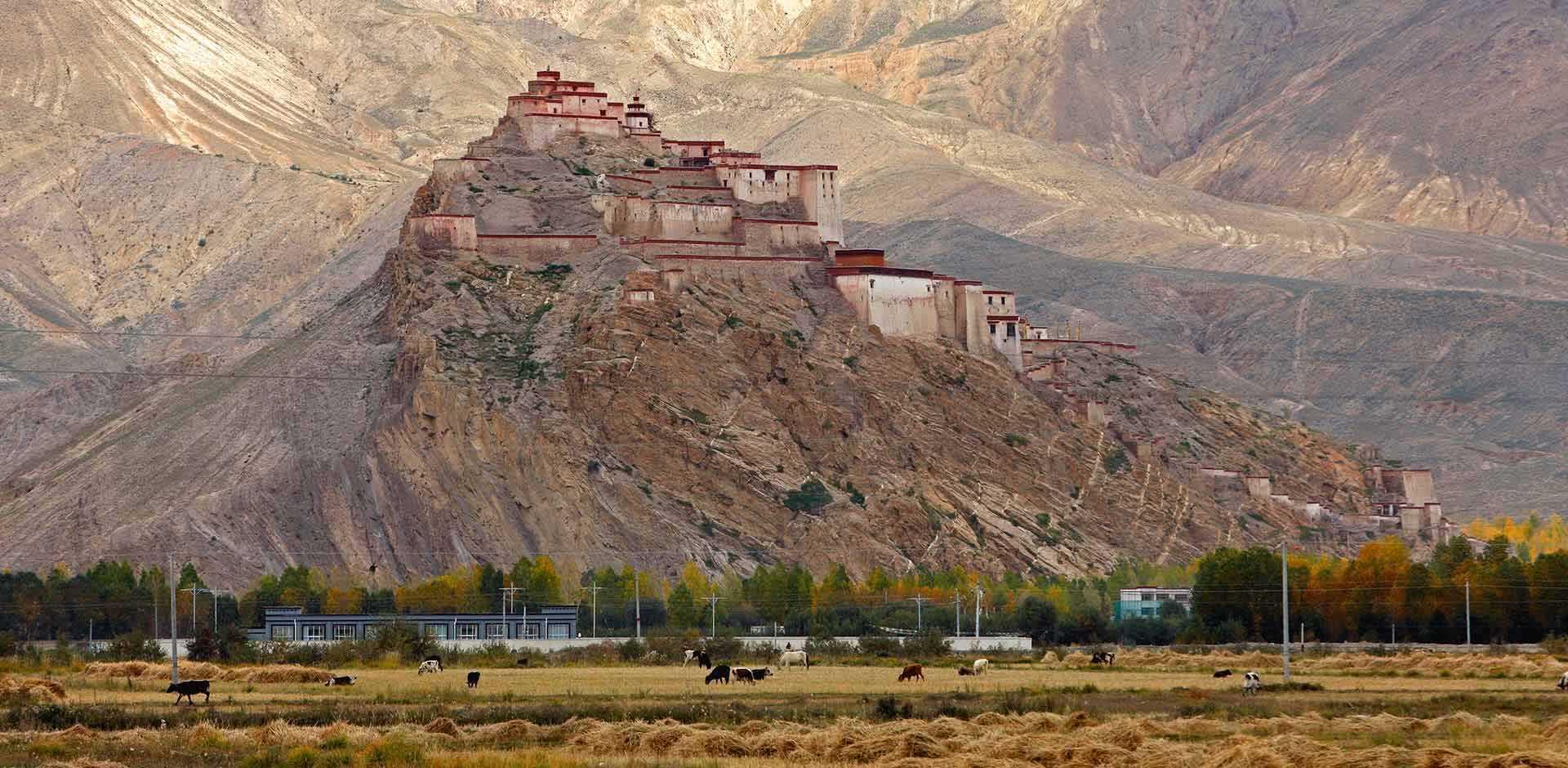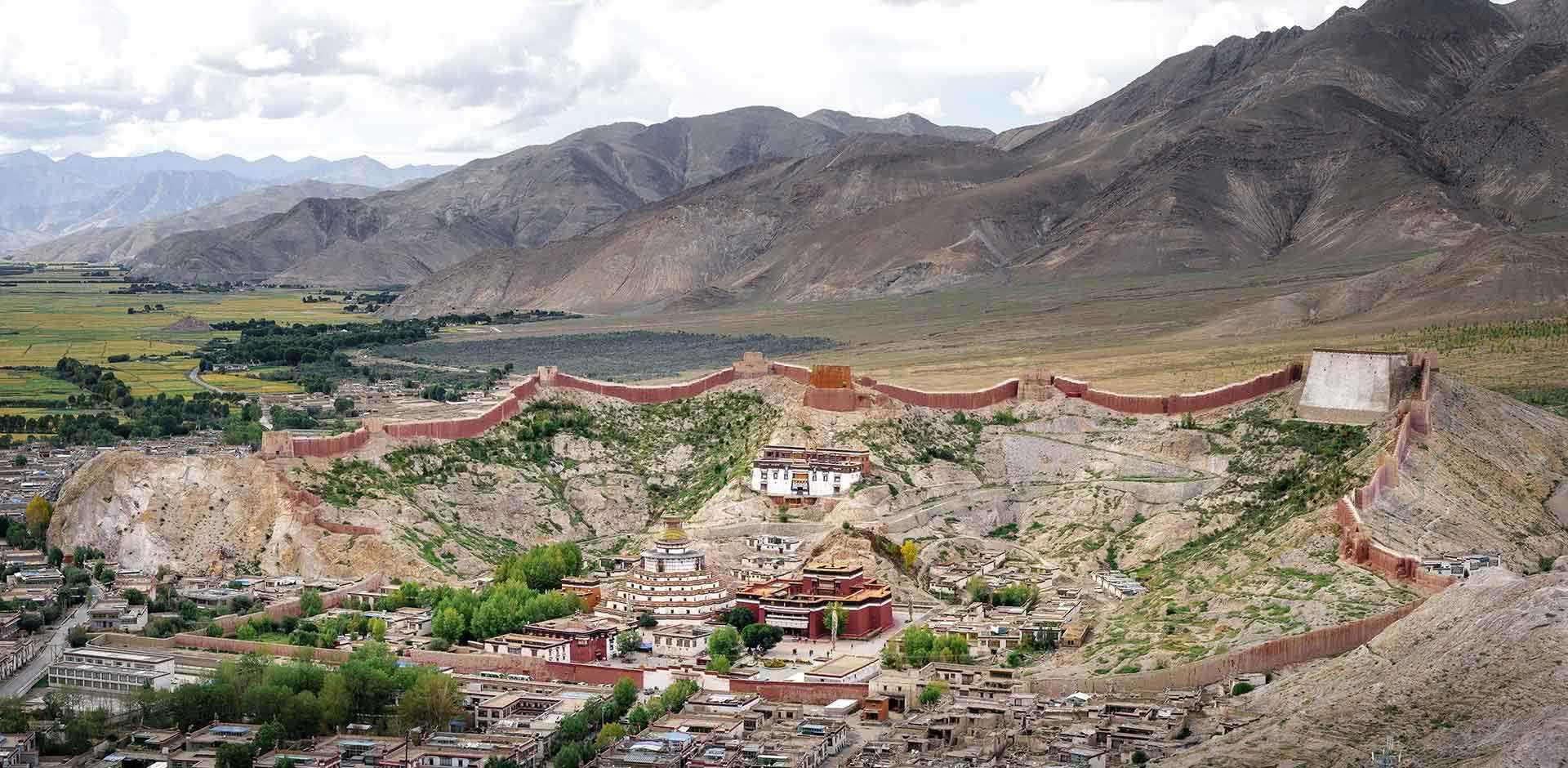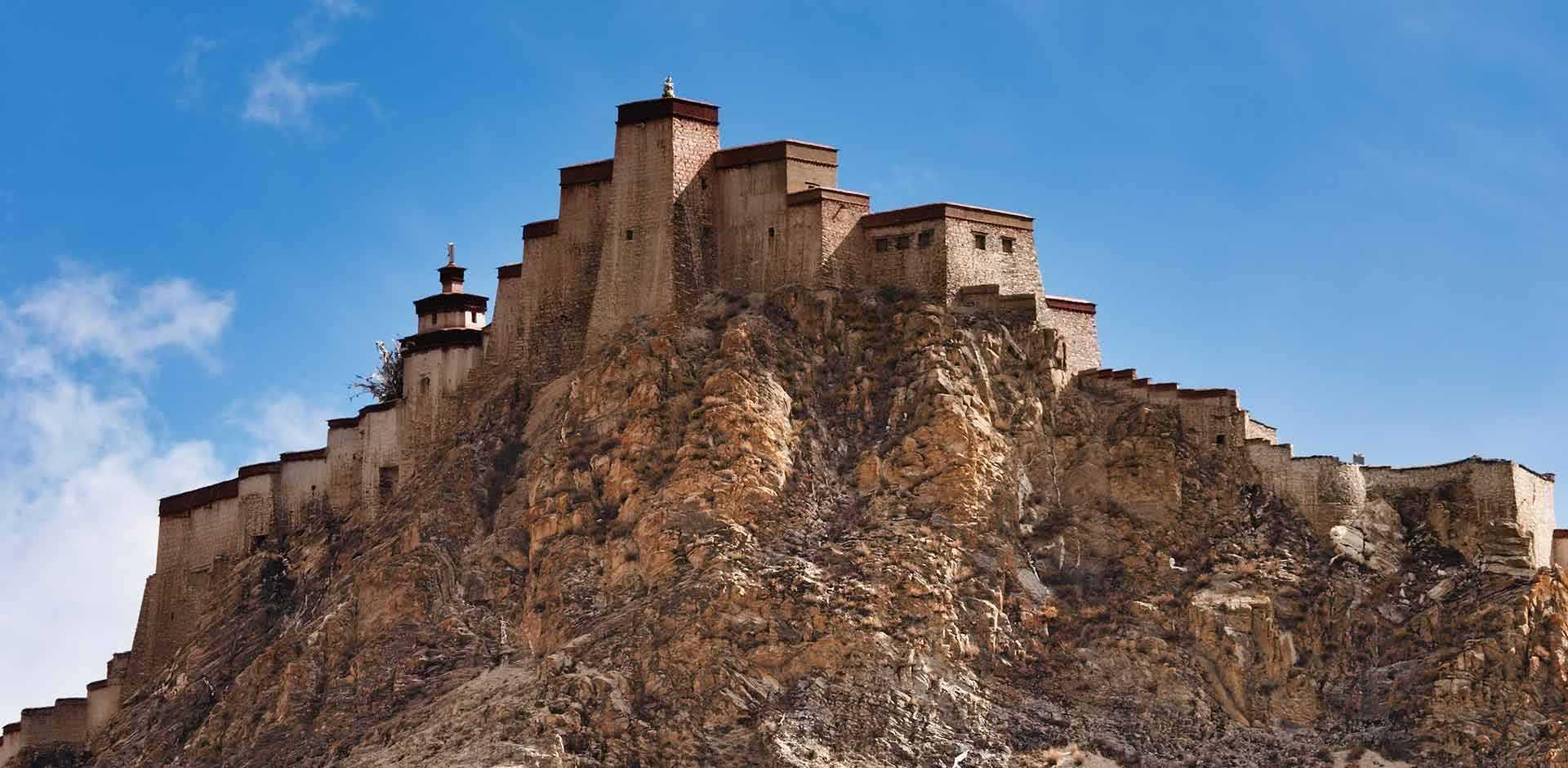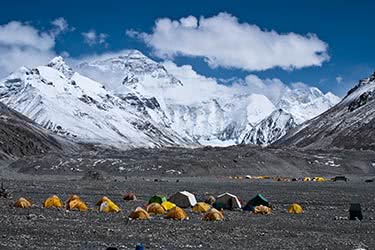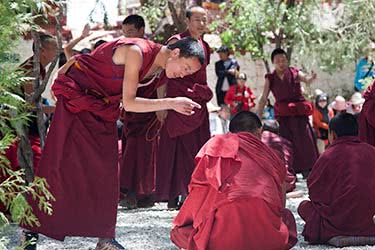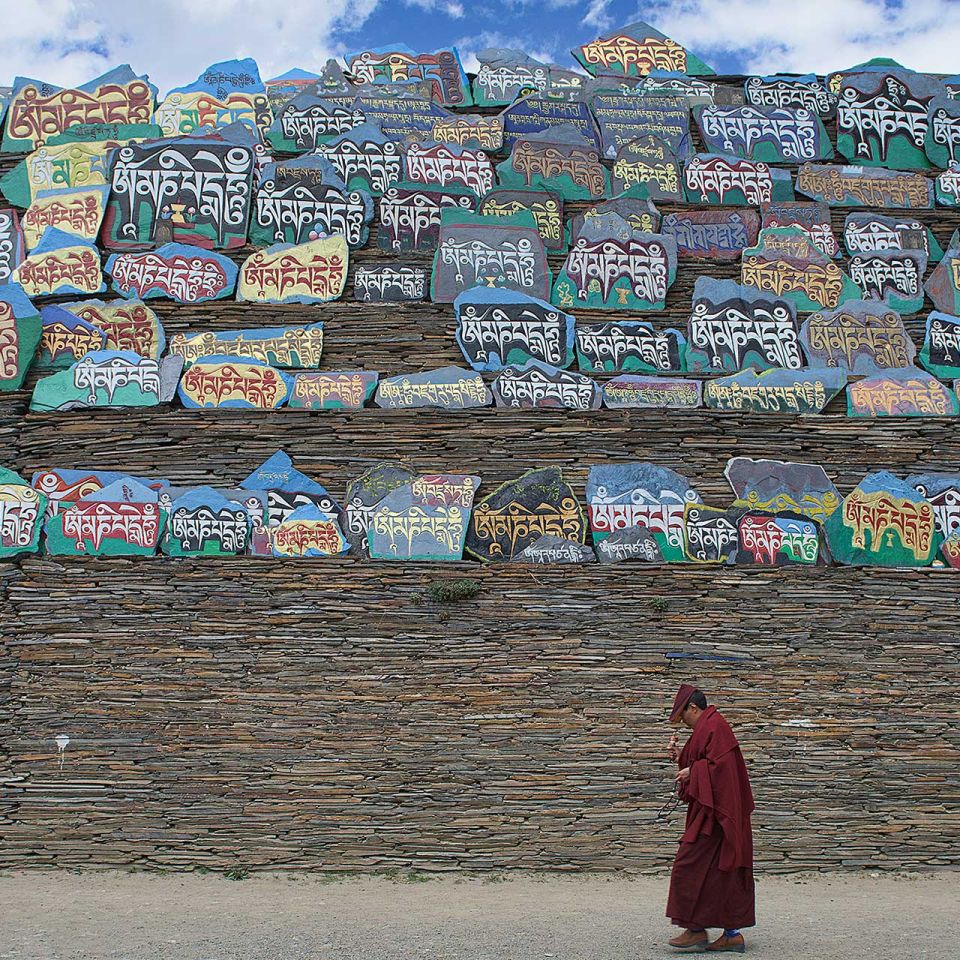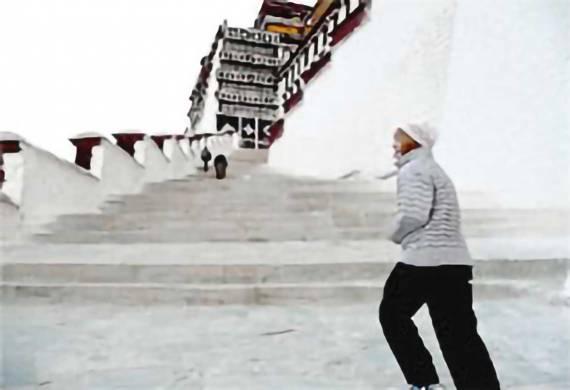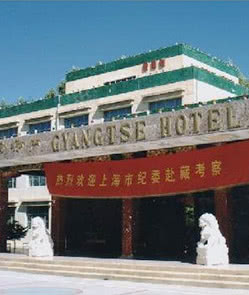
Gyantse
Despite the turmoil it has faced, however, Gyantse today has retained much of its Tibetan heritage, and has recently gained attention from curious travelers seeking to experience Tibet at its most authentic. Highlights include the landmark Yamdrok Tso, a scenic lake that is among the four holy lakes of Tibet; Gyantse Dzong, a large fort overlooking the town; and the Pelkhor Chode Monastery.
Experiences
A handpicked selection of experiences endorsed by our experts. If you can’t see what you’re looking for, let us know, as our extensive network of local contacts can open many doors.
Gyantse Dzong
Gyantse is home to an impressive fort, the Gyantse Dzong, which sits on a hilltop towering over the valley and town, offering amazing views. It was famously captured by British forces in 1904 in a rare, high-altitude battle, allowing the British to proceed to Lhasa and establish trade with Tibet. Given Gyantse Dzong's commanding location, there are a plethora of opportunities for hiking and photography.
Lake Yamdrok Tso
Stop at Lake Yamdrok Tso, also known as the Scorpion Lake for its unique shape. One of the four holy lakes of Tibet, Yamdrok Tso covers a staggering 230 square miles and lies at nearly 15,000 feet above sea level. Rife with aquatic life, dotted with islets, and surrounded by fields of wildflowers, Yamdrok Tso is not only naturally stunning but an important place of pilgrimage; its waters are believed to hold powers of rejuvenation and longevity, and to bless children with intelligence.
Its small islands are home to roosting birds and, during the herding season, to flocks of sheep, ferried there by herders who leave them in peace and safety until the onset of winter. Pilgrims often wander the lake's shores,making their way along kora paths, many of which take a week to complete.
Pelkhor Chode Monastery
Spend the afternoon exploring the Pelkhor Chode Monastery, formerly home to huge populations of Gelugpa and Sakya monks. The monastery suffered greatly during the Cultural Revolution, but is now having a revival. The monastery is most famed for its massive Kumbum Chorten (the “100,000 Images Stupa”), which was built around 1440 and is covered in murals and frescoes, and has sets of “Buddha eyes” looking out protectively over the surrounding countryside.
Pelkhor also offers another opportunity to see pilgrims making their koras, spinning prayer wheels and reciting mantras as they circumnavigate the giant stupa. This experience offers a rare opportunity for unique insight into the rural life of Tibet. Have tea or dinner with a few of the pilgrims and hear from them about their powerfully spiritual journey.
Tea with the Locals
Visit a remote village and have tea and lunch with a local family, who will be delighted to meet you and speak with you about their way of life.
Tibet Regions
Explore in-depth information, experiences and highlights by navigating to specific regions using the links below.
Gyantse Itineraries
- Duration
- 10 days / 9 nights
- Price Per Person
- From $4,900
- Duration
- 11 days / 10 nights
- Price Per Person
- From $10,000

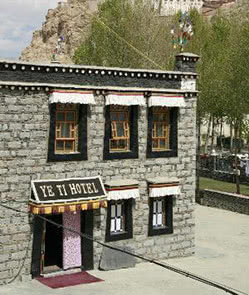
Yeti Hotel
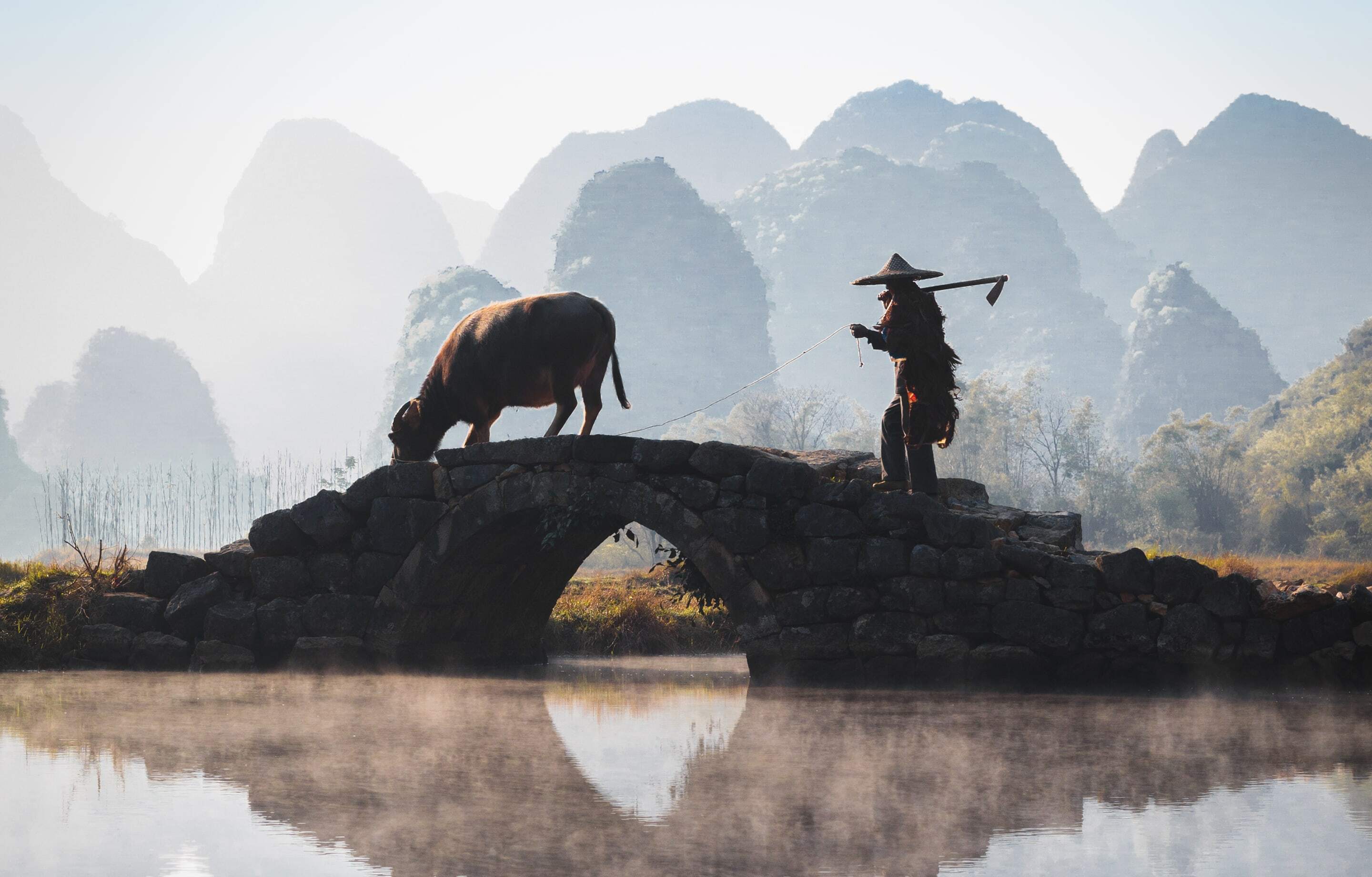
Exclusively Asia
With Remote Lands you'll travel with people who have made Asia the solitary focus of their own lifelong adventure. As our guest, you'll discover Asia on a journey that is completely, authentically your own, adapted from our own remarkable experiences and adventures over the years.
With Remote Lands you'll travel with people who have made Asia the solitary focus of their own lifelong adventure. As our guest, in the continent that our north American founders Catherine and Jay have adored and explored for decades, you'll discover Asia on a journey that is completely, authentically your own, adapted from our own remarkable experiences and adventures over the years.
Travelogues
An Asia-focused magazine brought to you by Remote Lands - a platform for adventure, luxury, and authenticity from experts and explorers around the continent.
Kailash: Over the Hills Where the Spirits Fly
- Author
- Joe Cummings
Fringe Benefits
- Author
- Dave Stamboulis
Songtsam Breakdown: Unique Brand for a Himalayan Holiday
- Author
- Travelogues
What Others Say
Here is a small selection of the kind words our clients have said about us recently.
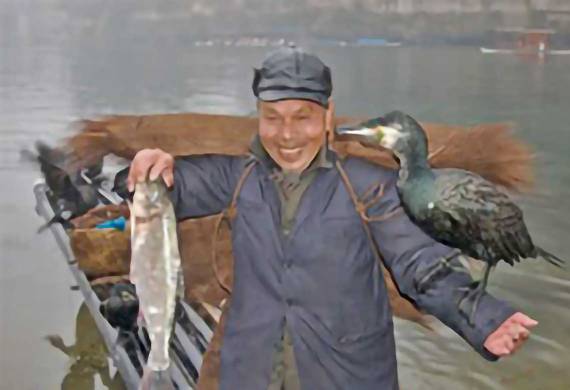
A couple from New York
Remote Lands understood our interests and preferred travel style and came up with a well organized and diverse itinerary for our grand adventure to China.
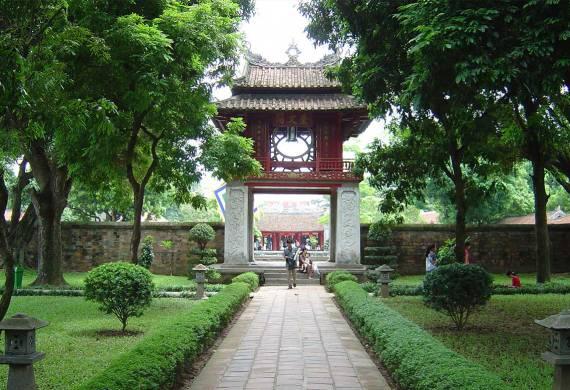
A New York honeymoon couple
My wife and I had a really great trip to Vietnam. We enjoyed all of the hotels you recommended and felt we were very well looked after.
